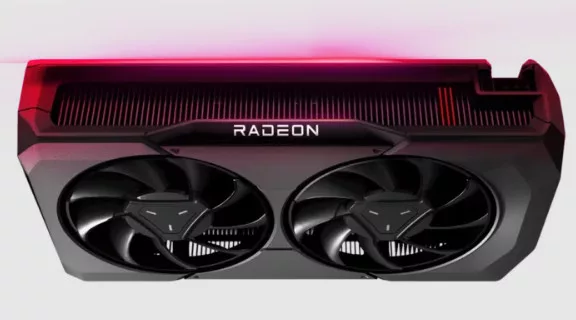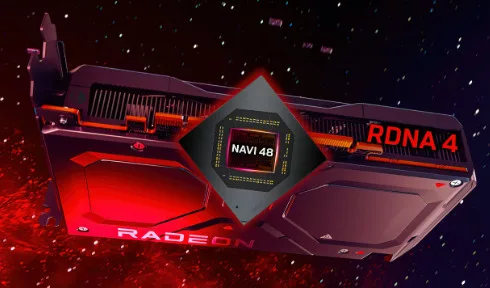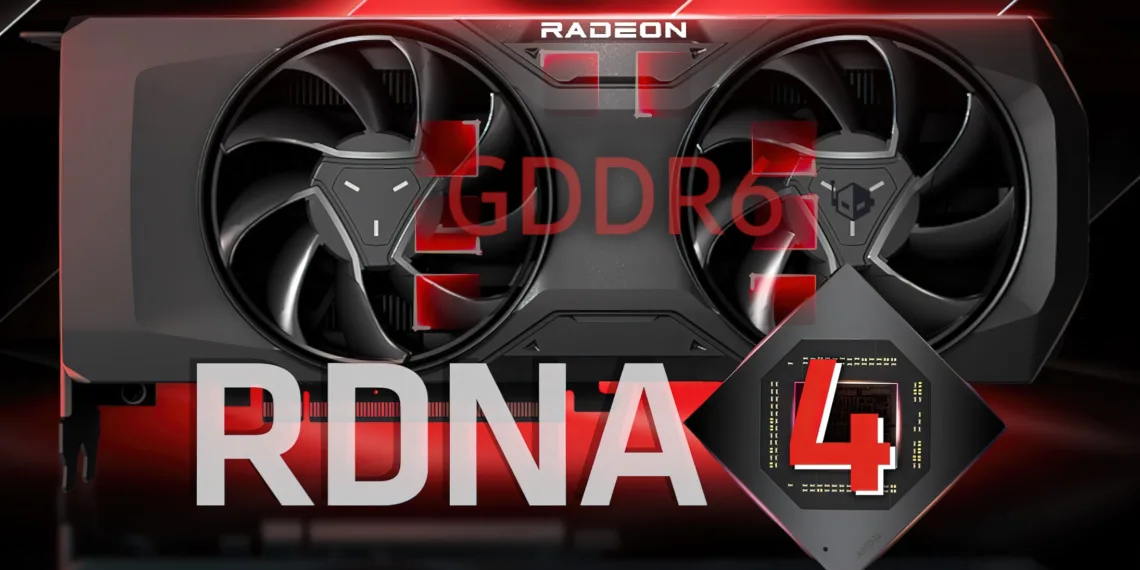@Kepler_L2 thinks that despite the new memory solutions and priorities, AMD will keep up with the orthodox 18 Gbps GDDR6 memory for the upcoming RDNA 4 “Radeon RX 8000” GPUs. This may sound strange at first; however, this decision can make a lot of sense.

The all-new AMD Radeon RX 8000 RDNA 4
The RDNA 4 GPU lineup, which will be used in the Radeon RX 8000 series, underwent several transformations. Initially consisting only of the high-end SKUs, the lineup has harvested its mid-end and entry-level seeds – Navi 48 and Navi 44. The two GPUs belong to the GFX12 family with ROCm patches where GFX1200 and GFX1201 are in attendance.
The latest rumor suggests that the RDNA 4 GPUs will stick with standard GDDR6 memory at 18.00 Gbps speeds, slightly lower than current models like the 7900 XTX or 7800 XT. This choice likely maintains consistency across the lineup with expected memory configurations including 256-bit, 192-bit, and 128-bit interfaces.

However, the reason behind such a decision could be to improve value within each segment. The GDDR6 has been in mass production for years; hence manufacturers have enough stock compared to the newer alternatives. Additionally, newer solutions may consume more power even when more power-efficient, thereby affecting the overall pricing.
Based on reports, all RDNA 4 GPUs, including the desktop and laptop offerings will use GDDR6 18 Gbps memory dies. This is good enough for mainstream solutions, and the Infinity Cache could help mitigate any potential memory bottlenecks. Initial rumors suggest the Navi 48 will perform close to Navi 31, with Navi 44 falling just between Navi 32 and Navi 33 “RDNA 3” GPUs.

While NVIDIA may introduce the new GDDR7 solution first with its Blackwell gaming lineup, AMD seems focused on regaining market share in the mainstream gaming segment before re-entering the high-end market, as seen with previous GPU releases like Polaris and Navi 1.








